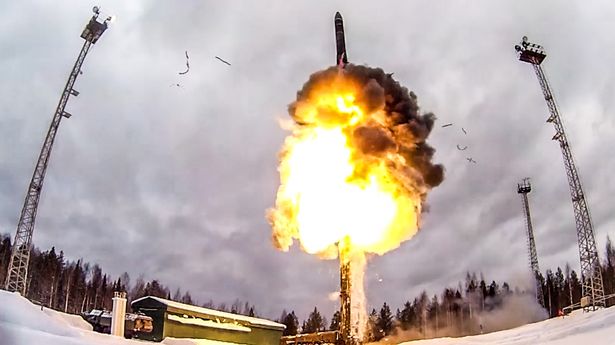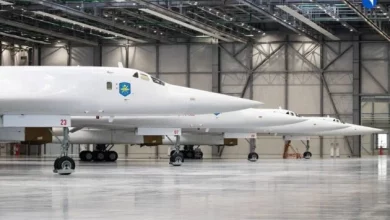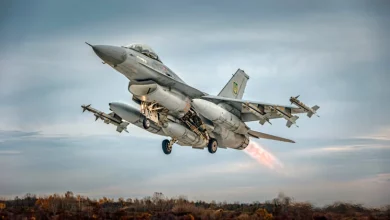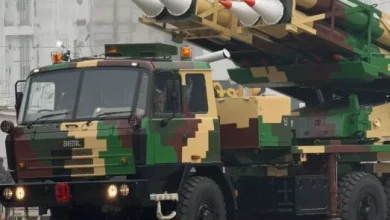Russia: Europe will ‘disappear’ in nuclear war if West gives missiles to Ukraine

One of Vladimir Putin’s top political allies, Viacheslav Volodin, warned that Europe will ‘cease to exist’ if Ukraine is armed with nuclear weapons
Russia has warned that Europe will be wiped off the map if Western nations provide nuclear-capable missiles to Ukraine.
The threat comes after Poland’s former foreign minister suggested that those allied against Russian aggression in Ukraine may have legal grounds to provide the deadly weapons, reported the Sun.
Radoslaw Sikorski claimed that Vladamir Putin had violated the Budapest Memorandum on Security Assurances of 1994 and therefore that Western nations could justifiably provide the missiles in order to “give Ukraine the opportunity to defend its independence”.
Following Ukraine’s declaration of independence in the wake of the fall of the Soviet Union, the government agreed to destroy its nuclear arsenal and join the Treaty on the Non-Proliferation of Nuclear Weapons (NPT). Despite Russia joining the NPT at the time, Mr Sikorski said Putin had broken the terms of the agreement with the invasion of Ukraine.
Russia struck back at Mr Sikorski’s comments with venom. Viacheslav Volodin, the Head of the State Duma wrote on his Telegram account that Poland – along with the rest of Europe – would “cease to exist” if Russia is threatened.
He said: “With such deputies, the Europeans will have much more serious problems than those they have already faced today (refugees, record inflation, energy crisis).
“Sikorski is provoking a nuclear conflict in the centre of Europe. He doesn’t think neither about the future of Ukraine nor about the future of Poland.
“In case his suggestions are fulfilled, these countries will cease to exist, as will Europe as well.
“Sikorski and the like are the reason why Ukraine must not only be set free from the Nazi ideology but also be demilitarized, securing the nuclear-weapon-free status of the country.”
Russia has issued several nuclear threats against Europe since the invasion began on February 24. It has also used hypersonic missiles to strike NATO supply lines in a bid to stop weapons crossing the border into Ukraine. Putin’s space chief, Dmitry Rogozin, has also threatened to wipe out half of Europe Russia’s notorious “Satan-II” missile.
The Satan-II, technically called the RS-28 Sarmat, is a super-heavy intercontinental ballistic missile (ICBM) capable of speeds over 15,000 mph and a range of more than 6,000 miles.
It could strike the US in a matter of minutes with a devastating payload of nuclear warheads.
The Russian military said it “successfully launched” the Satan-II for the first time on April 20, 2022.
The missile is expected to enter service later this year.





